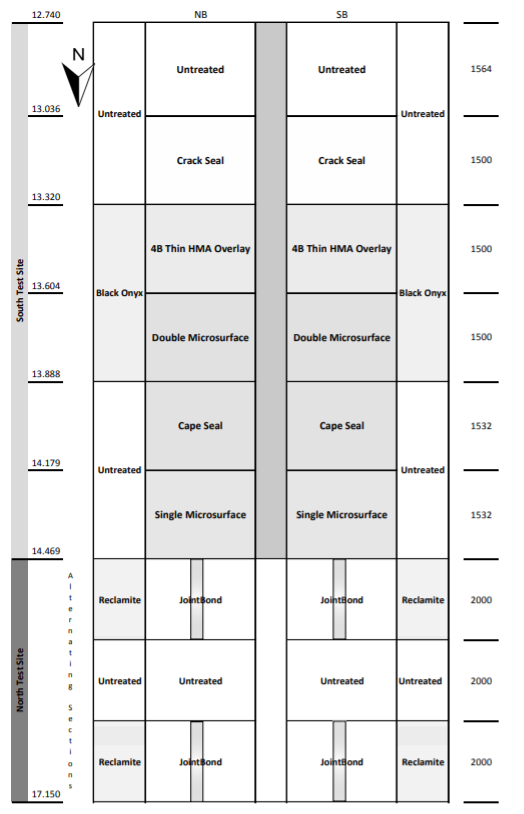Search for articles or browse our knowledge portal by topic.
Evolution of Pavement Preservation in Kentucky
Prior to 1967, a maintenance improvement fund known as additions and betterments was used to pay for the preservation of state-maintained pavements. This fund was used for resurfacing and sealing of pavements as well as for widening, adding shoulders, and realignments. Because no defined process was used to analyze conditions and prioritize projects, the selection process was at risk of political influence and arbitrary judgments.
In 1967, the Kentucky Department of Highways (DOH) designated $5 million for a resurfacing program, with funding allocated to the 12 highway districts based on pavement evaluations performed by district staff. But inconsistencies in how staff performed evaluations resulted in one district receiving over half of the available funding. Recognizing the need for a uniform statewide evaluation process, DOH formed Kentucky’s pavement management program.
Over the next few decades, DOH modified the resurfacing allocation formula several times to distribute funding more evenly across districts. Initial efforts at reform focused on the impacts of coal haul, traffic volume, and total miles of roadway. Later, pavement smoothness, local asphalt prices, and resurfacing cost per mile were incorporated. The allocation formula sought to deliver a consistent level of service across the state while improving overall conditions. Although DOH realized some success, network-level improvements were minimal because there was not enough funding to meet the growing backlog of pavements in poor condition.
In 2007, KYTC began integrating preventive maintenance treatments into its preservation program — primarily crack sealing and microsurfacing at first. At first the goal was to familiarize staff with implementing new treatments, increase awareness of preservation strategies, and demonstrate the program’s effectiveness.
Most of the initial projects were successful, however, some failures occurred due to improper project selection, inadequate specifications, or insufficient inspection support during construction. Pavement management staff examined each failure to determine the underlying issues. Improvements were then made to address shortcomings in specifications and personnel training.
In 2013, KYTC and 14 other state highway agencies partnered with the Federal Highway Administration (FHWA) and American Association of State Highway and Transportation Officials (AASHTO) to implement concepts presented in Guidelines for the Preservation of High-Traffic-Volume Roadways. The Cabinet constructed a multi-treatment project along a highly trafficked rural section of US 127 in central Kentucky (see Figure X). At this test site KYTC to monitored and compared the performance of four asphalt surface treatments and other low-cost sealant technologies. Prior to this, most preventive maintenance projects in Kentucky were installed on lower-volume roadways. Following this project, KYTC expanded its program to include high-volume roadways as well.

In 2014, KYTC established the Preventive Maintenance Alliance (PMA), a multidisciplinary team focused on improving pavement preservation. PMA members include central office staff from the Divisions of Maintenance, Construction, and Materials as well as Project Delivery & Preservation staff from every highway district. The PMA meets annually to assess the performance of preventive maintenance treatments used during the previous year, identify training needs, improve specifications, and guide research on new treatment options.
By 2016, the pavement preservation program had met with sufficient success to support the expansion of preventive maintenance efforts. Consequently, funding was increased to broaden the range of treatment options. As the number and size of these projects increased, KYTC began to see a decline in costs per mile, which further strengthened the program’s effectiveness.
As of 2022, KYTC allocates approximately $25 million each year for preventive maintenance treatments and $150 million for minor rehab (resurfacing) of state primary, state secondary, and supplemental routes. An additional $300 million goes toward the preservation and rehabilitation of interstate and parkway routes, with most of this funding used for asphalt resurfacing and concrete pavement rehabilitation. To maintain pavement conditions statewide, funding must keep pace with inflation.
Pavement Preservation Knowledge Book:
Access the complete Knowledge Book here: Pavement Preservation Knowledge Book
Next Article: Pavement Preservation Basics

